Our new series on weekend road trips aims to inspire you for what's to come as we slowly return to travel.
Covid-19 Disclaimer: Make sure to check the status of the states, regions, and establishments in which you’re planning to visit prior to travel. Many regions continue to see high infection rates and deaths, while many states and counties remain under varying stay-at-home orders. Those traveling from areas with high rates of Covid-19 should consider avoiding travel for now in order to reduce spread.
Also note that many of our recommendations for New Orleans remain closed and this article should currently only be used for planning purposes for when it’s safe to travel again.
Reputation tends to precede this small crescent-shaped city, but it’s best to arrive without assumptions. As the home of Creole and Cajun cuisine and the birthplace of jazz, New Orleans draws crowds for good food and live music. Founded in 1718 as a French Colony, a mix of European, African, and American influences are what give the city a unique culture and history, and make it stand apart from the rest of the United States.
If you’re only in New Orleans for the weekend, don’t hold back. You’ll too soon be home to your normal life (that suddenly seems so dull!), so it’s best to take in all the experiences and entertainment that you can. Plan for big meals and late nights, embracing the Mardi Gras philosophy: Indulge now, repent later.
GETTING THERE
Driving the 5+ hours from Houston to New Orleans makes sense if you want to stop in Cajun Country for a fun detour, or if you wish to have your own car to explore the swamps, bayous, and plantation museums outside of New Orleans. Otherwise, flying is quite easy (there are 4-5 flights from Houston a day, and flight time is a little over an hour) and not a bad option since you can travel by foot and streetcar to most attractions within New Orleans. Megabus and Greyhound buses take about 6.5 hours and cost ranges from $10-35.
It’s best to shake off the long drive to New Orleans with a cold drink and a long walk. Start in the French Quarter: New Orleans’ most famous and historic neighborhood full of cobblestone streets, Spanish colonial architecture, haunted bars, and colorful legends. The French Quarter is packed with attractions—from historic sites to rowdy music clubs—and it’s easy to see why many visitors never leave the area. Dedicate your first day in New Orleans to this neighborhood.
After you’ve gotten the lay of the land and checked into your hotel, consider lunch at a French Quarter institution like Galatoire’s. There’s a loose dress code (no T-shirts or shorts), and the formal service hearkens back to a different decade, but this is a classic New Orleans experience. Recipes for remoulade sauce and different renditions of gulf oysters date back to the early 1900s. These old-school places are known for their business lunches, so it’s fun to rub shoulders with politicians and lawyers (you might be surprised to see how many “working lunches” include martinis) and the crowds can get quite festive.
After lunch, if it’s nice out, consider a walking tour of nearby cemeteries, known for their ornate, above-ground tombs. If the weather is bad, explore a small (but character-filled) museum like the Pharmacy Museum, a former apothecary that explores early American medicine, or the Sazerac House—a free museum dedicated to the cocktail and its history in the city.
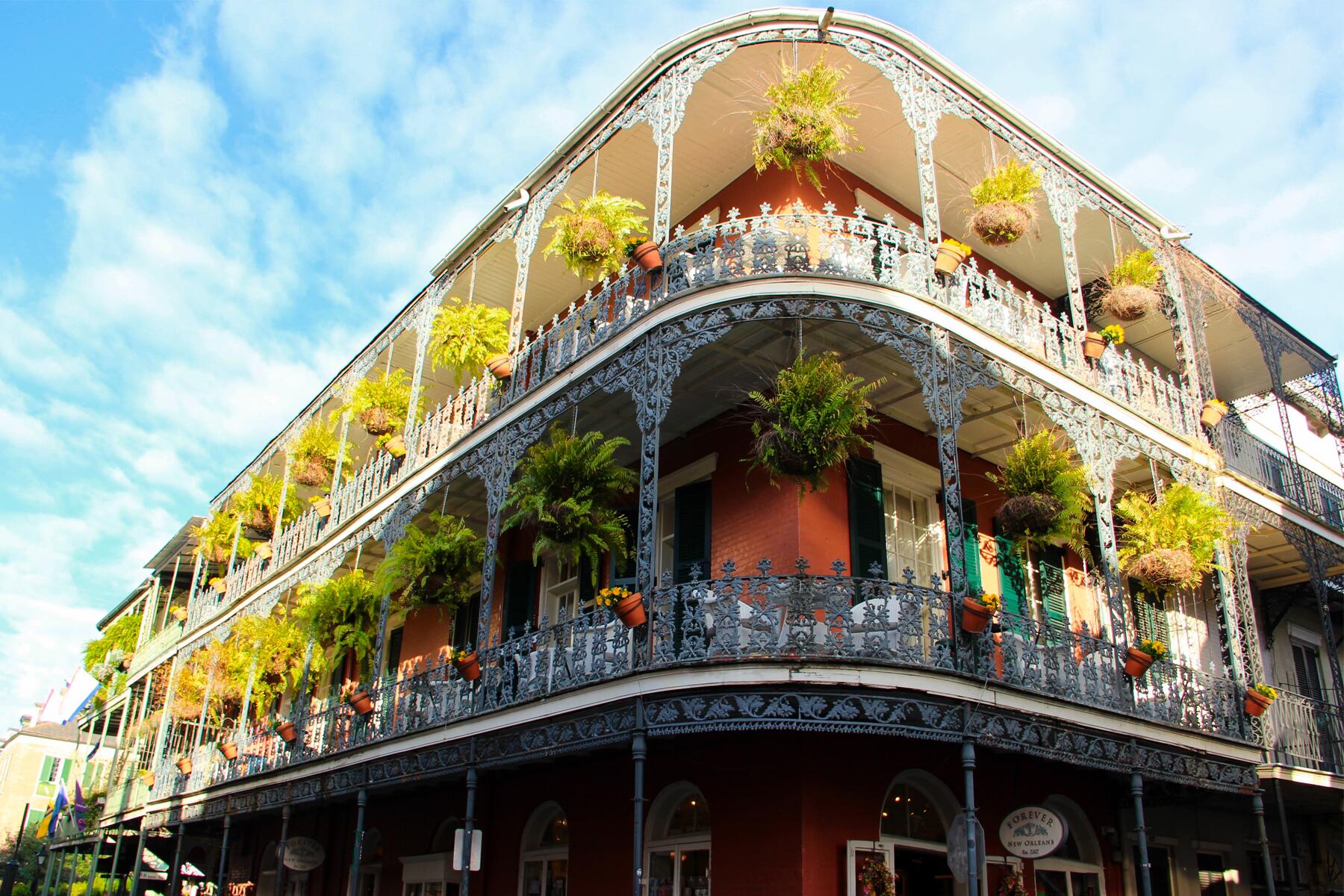
There is no open container law in New Orleans, and you’re free to walk around with a cocktail in hand (no glass, though). An afternoon visit will give you a (somewhat) quieter introduction to Bourbon Street, New Orleans’ infamous nightlife center that can get somewhat overwhelming and raucous after dark. At some point, get a to-go daiquiri at one of the many Bourbon Street spots or try a “purple drink” at Lafitte’s Blacksmith Shop, a candlelit piano bar that once housed the legendary pirate Jean Lafitte. For nondrinkers, an Abita root beer is just as thirst-quenching.
Contrast lunch by dining at a hip, newer Quarter spot. Longway Tavern and Cane and Table represent a new wave of French Quarter dining, combining rustic historic locations with a little polish and some chic touches, with menus of craft cocktails and small plates that modernize traditional New Orleans flavors.
Your entertainment venue for the night is Preservation Hall, another historic location that’s had a little revamp. Preservation Hall bands play a few sets here every night, and it’s one of the best spots in the city for more traditional jazz. Check the website before you go: rules about getting tickets and finding a seat can be tricky.
Later, wander Frenchmen Street. Music (and people) flow from the jazz clubs dotting this popular nightlife spot in the Marigny neighborhood, and walking through is entertainment enough—pop into clubs like the Spotted Cat or the Blue Nile when something sounds good.
Today is the day to explore the city, utilizing the tourist-friendly streetcar (trolley) system and taking plenty of long strolls to walk off all of those daiquiris and beignets (balance!).
Begin your day at the French Market, a lively covered market in the place of a former Native American trading post, and the oldest of its kind in the United States. Known for its crafts and gifts as much as food, there is still plenty of alligator-on-a-stick, pralines, crepes, and more to indulge in here, and there’s often live music outside. If you can stand the line, get a beignet and cafe au lait next door at Cafe du Monde and then walk upriver to the CBD and Warehouse District. These small adjoining neighborhoods are known for their business complexes and chain hotels, as well as their art galleries and increasingly hip fine-dining restaurants and bars.
Before boarding the streetcar, spend an hour or so at one of two museums: the Ogden Museum of Southern Art, or the National World War II Museum, two very different experiences, depending on your taste and mood. Afterward, grab a hearty sandwich at Cochon Butcher. This is the casual sister property of cajun restaurant Cochon next door; here they cure their own meat and use the very best of other ingredients. Nearby, you can board the St. Charles streetcar. This is the most historic streetcar line in the city and stretches by the picturesque oak-lined streets of the Garden District. You can ride the streetcar to Audubon Park, named for James John Audubon, who lived in New Orleans while working on his Birds of America series. It’s still a popular spot to view many of the birds that inspired the naturalist: select species of egrets, ibis, and herons. Along the river, at a section of the park called “The Fly,” rest on the grass while watching the barges float by on the Mississippi.

Slowly make your way back to your hotel, either boarding the streetcar or walking at your leisure, and taking in the historic mansions of the Garden District, a cemetery or bookstore, and plenty of bars, shops, restaurants, and cafes where you can stop for respite.
Tonight can be slightly more low key as you enjoy the romance of the Marigny and Bywater neighborhoods. Have an aperitif in the courtyard of St. Germain, a small french wine bar on up-and-coming St. Claude Avenue, then head to Bacchanal, a backyard-turned-wine bar and music venue that is full of rustic casual romance. The food here is excellent, too, though if it’s too crowded to eat, try Jack Dempsey’s around the corner for great classic casual seafood. Nearby, dives like Vaughan’s, BJs Lounge, and Saturn Bar have live music sets late Saturday nights, beginning around 10 (check wwoz.org for music schedules).
The Treme neighborhood sits directly above the French Quarter and is almost as old—with all of its own historic lore. It’s the birthplace of Jazz (and many jazz legends), the site of Storyville (New Orleans’ red lights district in the early 1900s), and is known as the oldest African American neighborhood in the country. Start a trip to the Treme by taking a moment to stand in Congo Square. This was the Sunday meeting place for African and Caribbean slaves, and the place they would gather to exchange the early music, dance, and art that has shaped American culture into what it is today.
Lil’ Dizzy’s Cafe is next: Here you’ll pile into the casual dining room for heaps of excellent soul food. Don’t be shy, especially with the fried chicken and bread pudding. Wandering up Esplanade Avenue and further into the Treme, you’ll find small community museums like The Backstreet Cultural Museum and Petit Jazz Museum. Here, legendary residents serve as tour guides, providing intimate views into this culturally crucial neighborhood. If you’re lucky, you’ll also catch a second line parade passing by.
After some exploring, hop on the Canal Streetcar line and ride it to City Park for one last stroll (and possible alligator sighting). This public park was once all swampland and covers about 50% more ground than NYC’s Central Park. The park is home to the New Orleans Museum of Art, the Louisiana Children’s Museum, the (free) Besthoff Sculpture Garden, and many recreational activities. There’s a Cafe du Monde location here—if you’re looking to load up on beignets before the drive back home. Otherwise, marvel under the giant moss-covered live oaks—some of the oldest and biggest in the world, dating back some 800 years.
WHERE TO STAY
Hotel choices within the French Quarter are limited to chain hotels and small funky inns; in recent years, boutique hotels have popped up on the outskirts of the Quarter and offer pleasant stays with personality, still close enough to the main attractions. In the Faubourg Marigny, Hotel Peter and Paul makes use of an old church and rectory for an extremely chic and charming experience; The Henry Howard converts the famous Louisiana architect’s former mansion into an intimate luxe stay in the Garden District; The Ace Hotel delivers top-notch entertainment, and the Melrose Mansion provides budget accommodations and a fantastic pool just steps from lively Frenchmen Street.
WHEN TO GO
Spring is the most popular (and expensive) time to visit New Orleans, with big crowd-pleasing events like Mardi Gras and Jazz Festival. Experienced visitors often choose fall: The weather is perfectly nice and there are still plenty of holidays and festivities. If you can stand the heat and humidity, summer comes with severely discounted hotel stays and flights, often through late September.
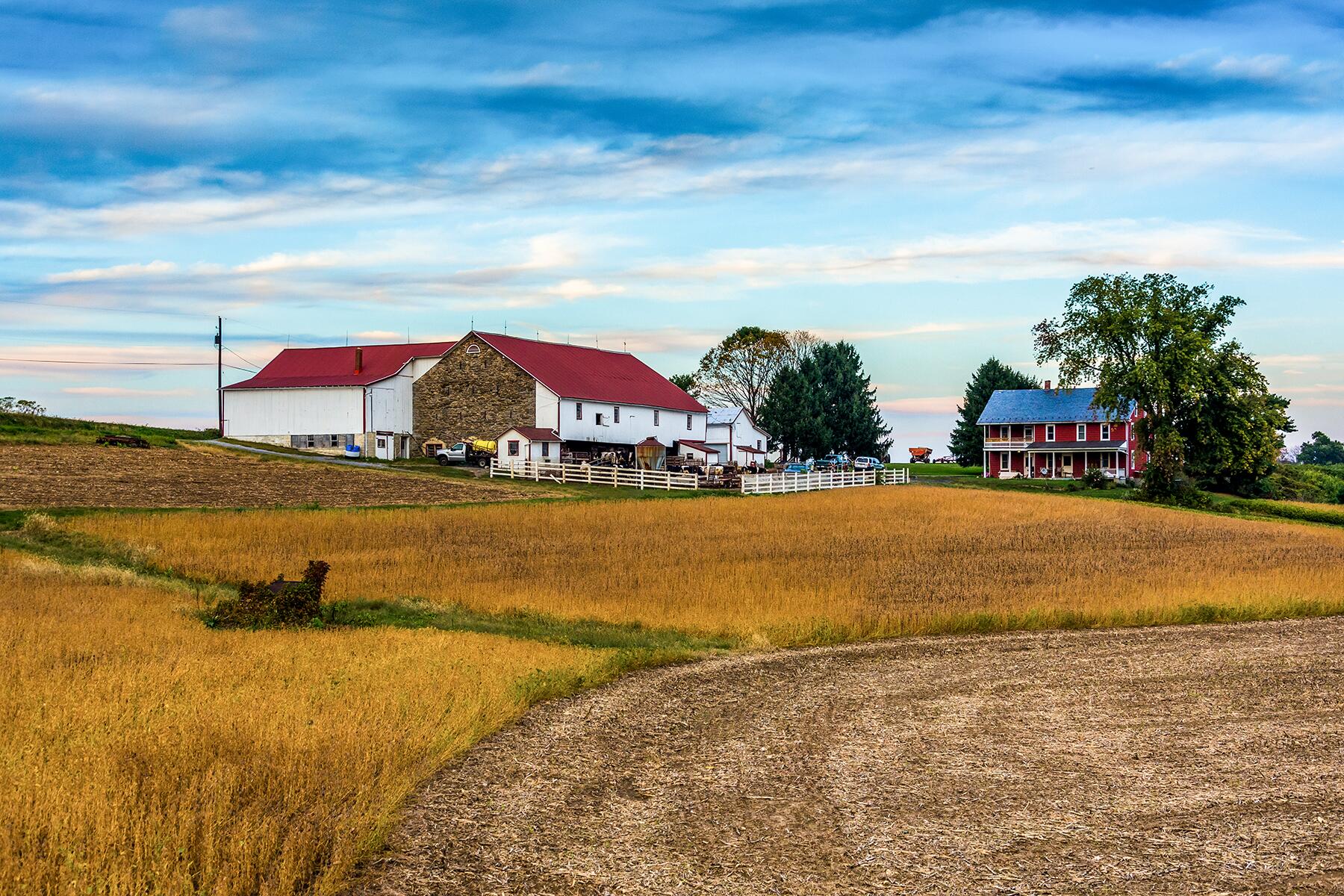
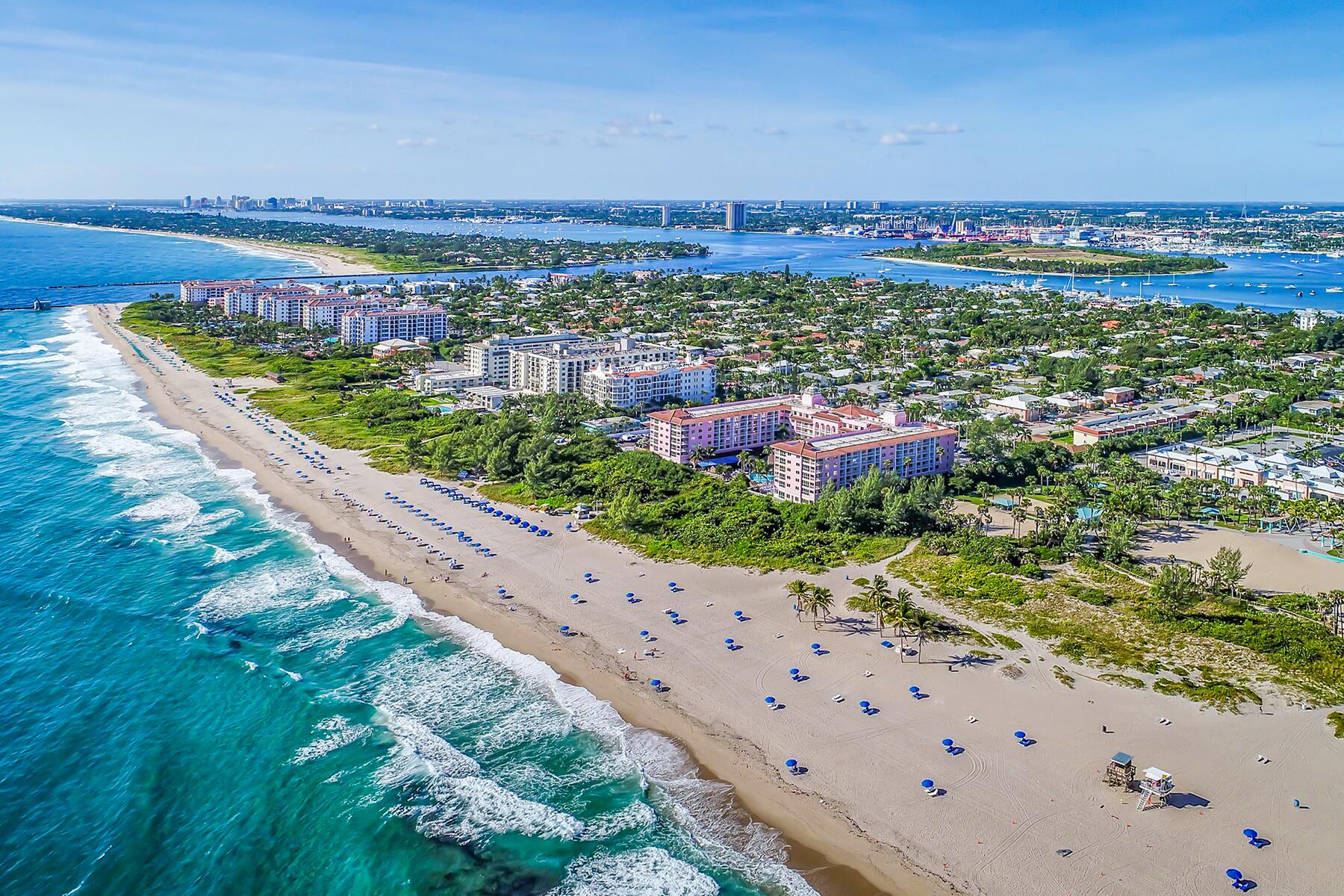
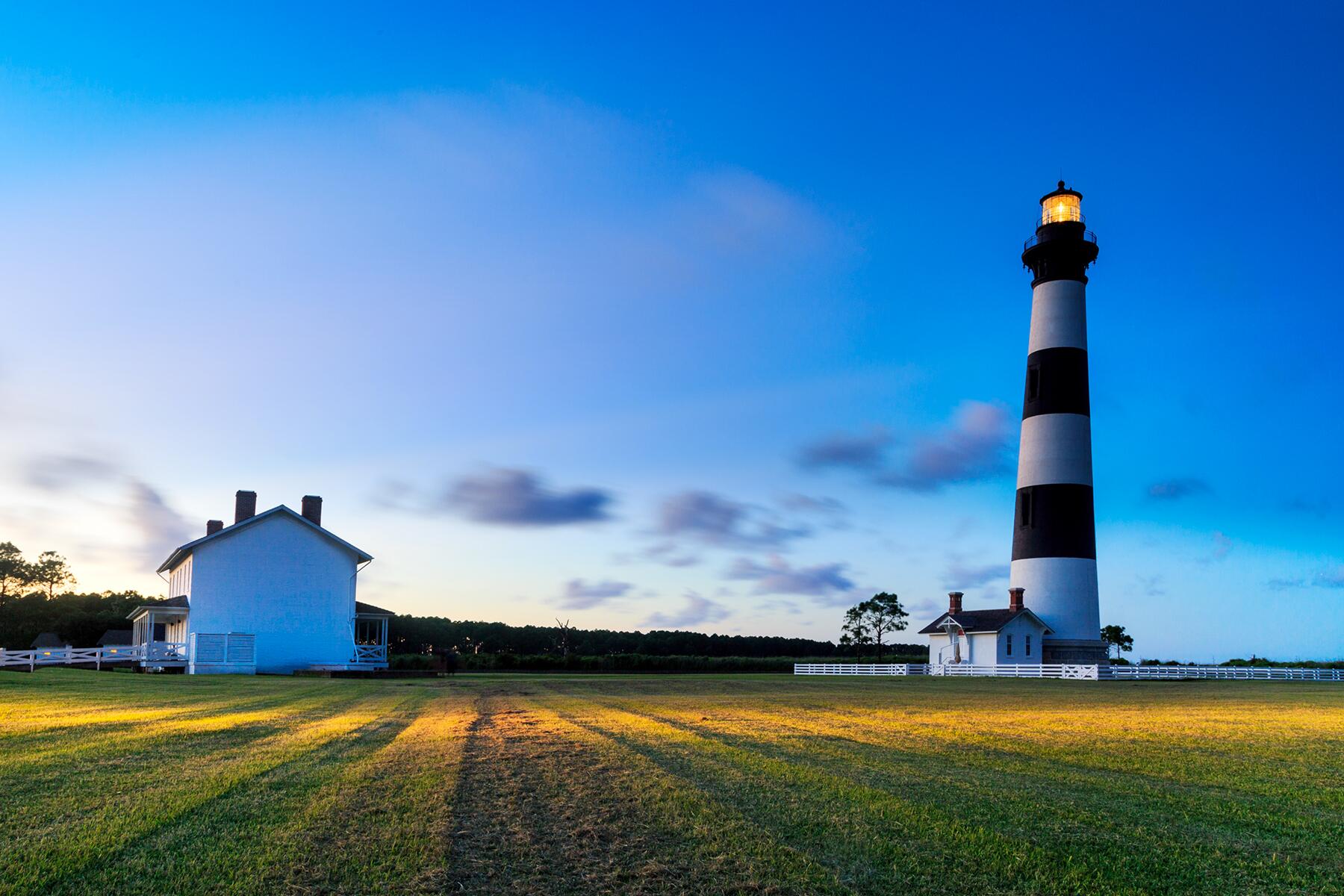
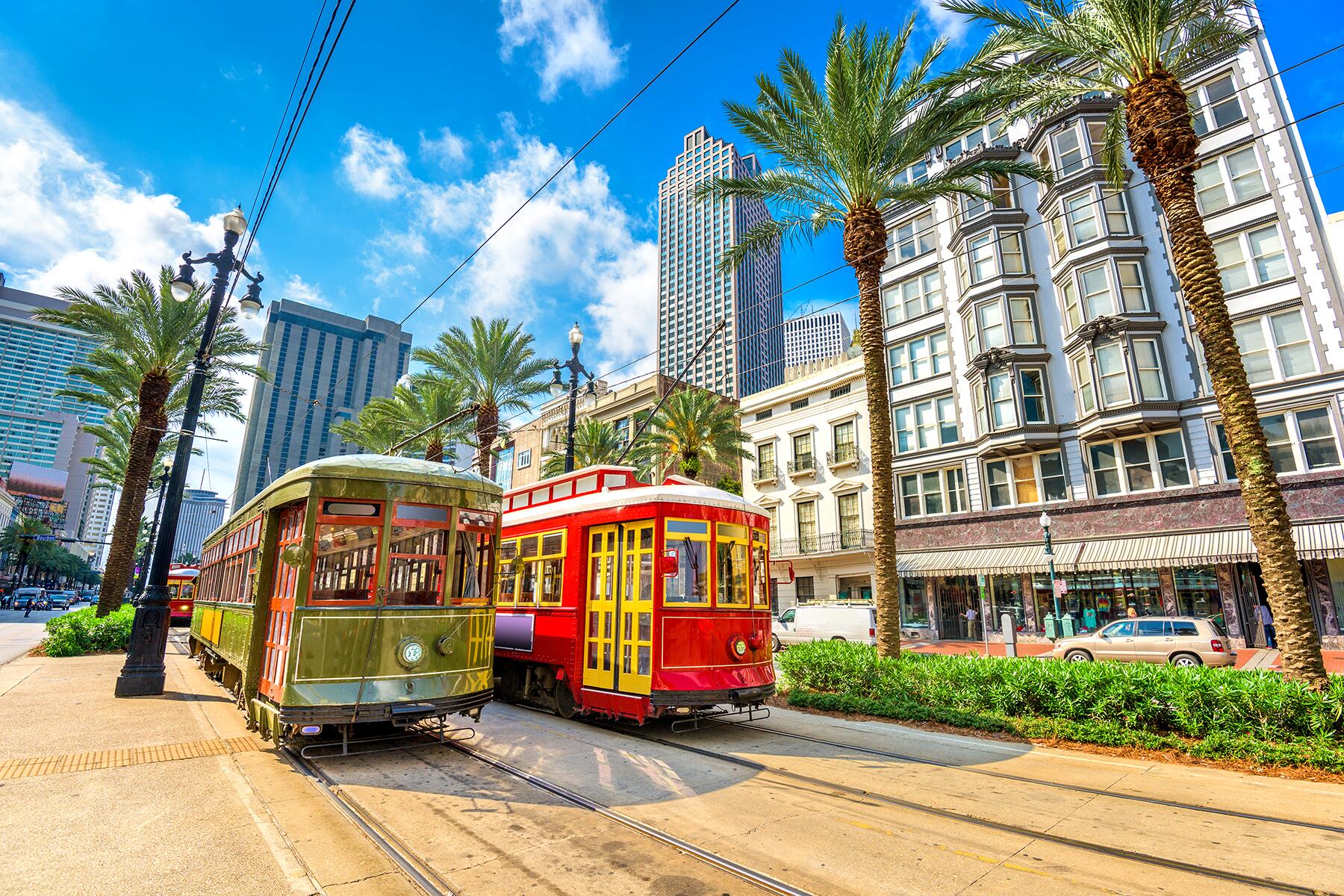


This is such a rehash of old, not current details and nothing to tell you about the current non-tourism state of this city. Or how could you be safe traveling over to a very recent epicenter of the virus, which is still spreading 20-50 people a day locally, maybe more since reopening last week. You did no research on guidelines for reopening, phase 1 for locals, no tourist attractions, no bars and 25% occupancy at restaurants that are just restarting. Yes, we rely on tourism, but we just reopened. Give us time to become safe. Don't bring the virus back here, we haven't even shed it locally yet.
There's no live music, no festivals, no sports and probably no Mardi Gras next year even. Post the real story, don't help spread the virus, be safe, communicate properly, don't just reprint old news. Just because Houston is late to the game on virus exploding there with hundreds of new cases a day, New Orleans has been hard working at home, our hospitals & front line medical staff can't survive another hit like we just went through and are still trying to survive. Give us a break, support us online, tell people to plan a trip for mid-2021 but don't start telling them to "hop on over for a 3-day weekend" any time soon. Our families can't even go to cemeteries to bury the hundreds who have died, tourists aren't allowed. Such lack of reporting and compassion.